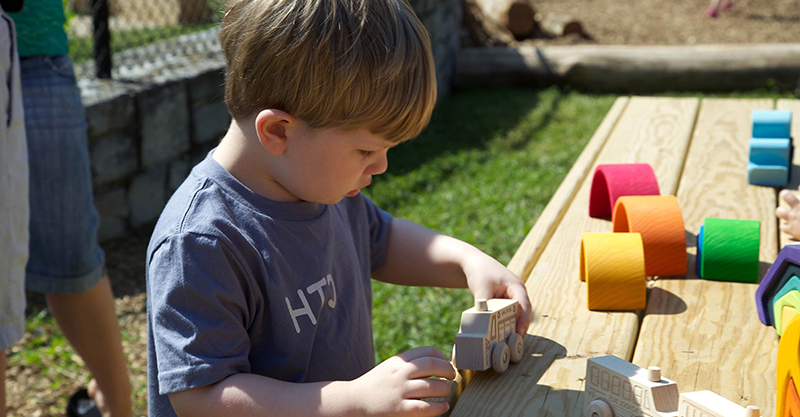Study: Rate of American Boys Developing Neurodevelopmental Disorders a National Crisis
At least one in six American children (roughly 17%) has a diagnosed developmental disability. No matter which once-rare disorder one considers—learning disabilities, autism spectrum disorder (ASD), attention deficit/hyperactivity disorder (ADHD), tics, obsessive-compulsive disorder (OCD) or emotional disturbances—each has witnessed a dramatic escalation over the past several decades. A systematic literature review recently published in Acta Neurobiologiae Experimentalis contends that these trends are at crisis proportions. The crisis is spiraling out of control, with society-wide impacts on services, institutions, families and, especially, boys. There are at least two boys for every girl with a neurodevelopmental disorder. For ASD and ADHD, the male-to-female ratio is roughly four and five to one, respectively. Genetics cannot explain this consistent sex-specific pattern. What can explain it is children’s vastly increased exposure to and bioaccumulation of chemical neurotoxins at the same time that the explosion in neurodevelopmental disorders has unfolded. In fact, the skewed sex ratio is, in and of itself, a vital clue that can help pinpoint major causes of neurodevelopmental disorders. Unfortunately, research funding priorities in the U.S. are highly distorted, as the field of ASD research illustrates. In 2013, the federal government awarded more than 38 times as much funding ($291 million) to ASD researchers studying genetics as to those studying ASD’s environmental aspects ($7.5 million)—even though genetics “only addresses at best about 20% of the ASD population.”



